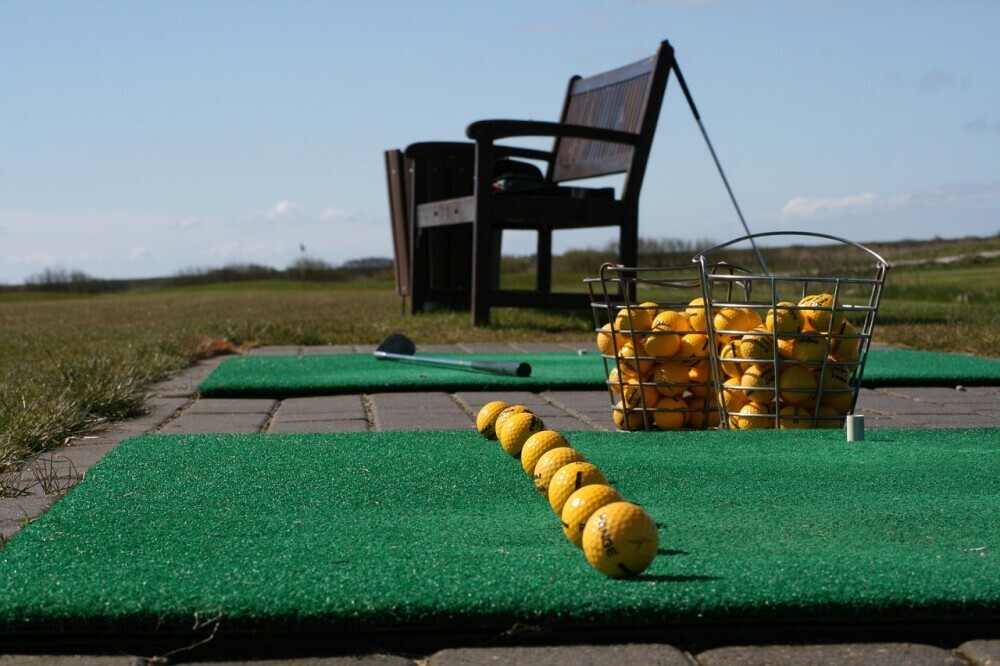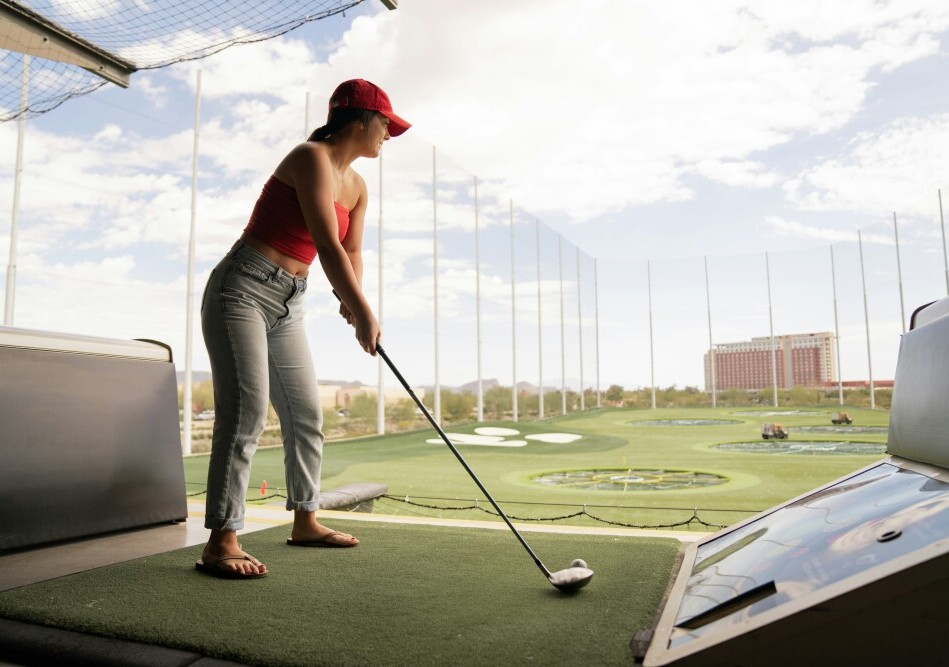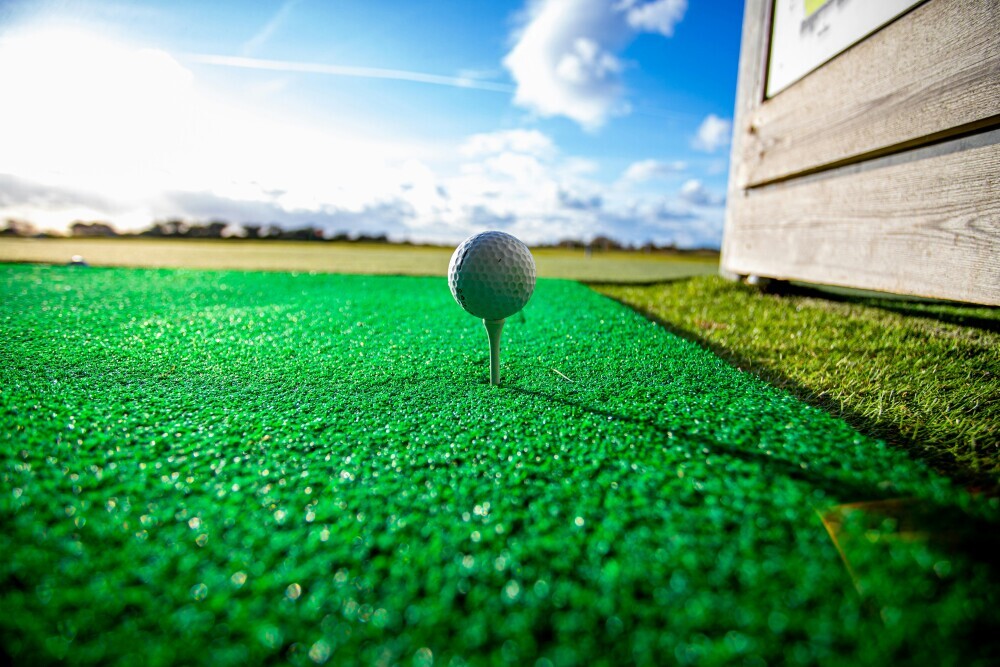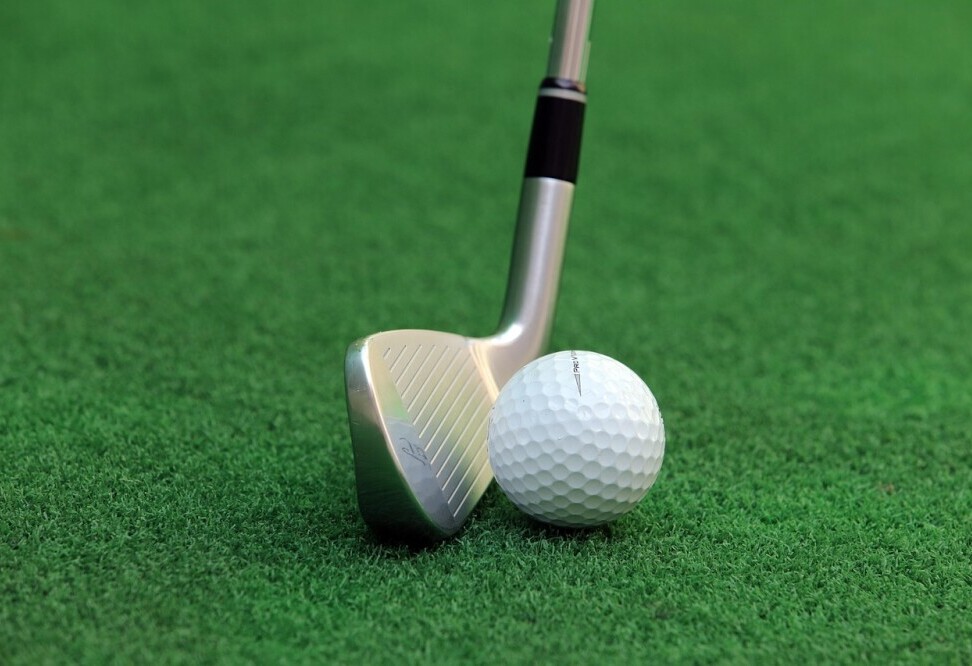How To Practice Effectively On The Driving Range


Fore! Quick note: a few links here are affiliate links. If you snag gear through them, I earn a small commission — no extra strokes added to your game.
Hitting the driving range is like having your very own sandbox to play and experiment with your golf game. It’s a low-pressure environment where you can focus on honing your skills without the worry of an audience watching every swing. The more time you spend there, the more you understand your game and what you need to improve on. The golf viking is back once again, and today it’s all about how to get the most out of your practice on the driving range.
A lot of folks think the driving range is just about hitting long, booming drives, but there’s so much more to discover. It’s your chance to work on different aspects of your game that often get overlooked during a regular round of golf. Each session can make a noticeable difference in your performance if you’re focused and intentional about it. You can work on every part of your game to work on any weaknesses you may have.
At its core, the driving range helps build muscle memory and improve precision. It offers a controlled space where you can repeat shots and refine techniques until they become second nature. This systematic approach gives you confidence and consistency when you’re out on the course, which is clutch when you’re trying to shave strokes off your game. So how can we get good practice?
Good practice starts with sound fundamentals. Our mastering the golf swing guide covers grip, stance, and tempo so every ball you hit at the range builds muscle memory for the course.

The Blueprint for Success: Best Practices at the Driving Range
Starting your practice right is critical. Before even thinking about hitting the ball, a good warm-up is key. A few stretches and some light swinging can wake up your muscles and get you in the zone, ready to give your best and prevent injury. I always stretch before swinging a club. It’s a way to loosen your muscles up for a practice round.
Routine is your best friend at the range. Having a structured plan is like having a map that keeps you from getting lost in all those tempting options of what to practice. Focusing on a specific area each time can help make real progress.
Maybe it’s your short game one day or nailing those long irons another. Have a focus on what you want to work on while you’re there. Sure, driving a few balls can be fun. But if you want to improve your game you need to perform deliberate practice to continue to get better.
Goal setting is another game-changer. Heading into a session knowing what you want to achieve keeps you focused and your practice purposeful. Whether it’s hitting a certain percentage of fairways or improving your swing tempo, clear goals will guide your task on the range.
If there’s a certain swing you want to nail down then do it. If you want to perfect your lob shot you can do that too. Having goals and completing them will build your confidence and get you feeling more comfortable on the course.
And let’s not forget about the gear. The right clubs, some swing aids, or apps can fine-tune your practice without distractions. Something like alignment sticks can work wonders in keeping your practice going in the right direction. You can use various tools at the driving range to work on specific skills.
Certain tools can make your range time far more productive. Our golf training aids guide highlights alignment sticks, swing trainers, and feedback devices that help turn practice into lasting improvement.

Diverse Skill Development: What to Practice at the Driving Range
The driving range is your playground to master a variety of shots. From perfecting a delicate chip to smashing a powerful drive, focusing on different shots makes you versatile on the course. Mixing up your club selection keeps things fresh and sharpens your adaptability.
Accuracy is king, and drills are your trusty sidekicks. Practicing with targets, imagining fairways or greens, can help develop precision. Set up simple markers and aim carefully, turning regular practice into a skillful challenge. Pick a certain spot to aim for at the range and work on hitting it. Knowing you can hit the ball where you want can build your confidence.
Recreating course scenarios is another great tactic. Picture the slope, the wind, the hazard you hate most, and practice tackling those imaginary obstacles. Learning to adapt on the spot will only make your on-course problem-solving more robust. Use your imagination and pretend you need to hit your ball over a hilltop. You can practice endless scenarios to work on every aspect of your game.
And don’t get too caught up in the power game. Short game aspects like pitching or putting are just as crucial, often making the difference between a good score and a great one. Balancing all these elements is crucial to building a complete game. Golf is about more than just a good drive, and being a well rounded golfer can make you be successful on the course.
Practicing with purpose pays off when it’s time to score. Our how to break 100 in golf guide shows you how to transfer range work to the course and lower your scores without overhauling your swing.

Building a Strong Foundation: Key Skills to Develop
The range is your go-to spot for building muscle memory and getting your swing mechanics just right. Consistency in your swing leads to control and power, which are must-haves on any course. Once you have perfected your shot, then keeping doing it! Get your body used to the motion of your swing so it becomes automatic.
Balance and alignment matter more than you’d think. How you set up affects everything—stance, posture, and even your confidence. Spend some practice time focusing purely on your setup, nailing down those basics. Being off balance while hitting can send your ball in the wrong direction.
Mental stamina can’t be overlooked. It’s tempting to just whack balls, but focusing on each shot like it’s the real deal builds mental toughness. This approach trains your mind for high-pressure moments during actual games.
Tracking your progress is like having a personal cheerleader. Make a habit of noting what works and what doesn’t—your strengths and areas that need attention. This keeps your learning curve sharp and ensures you’re always improving. Let’s wrap up making the most out of your practice at the driving range.
If part of your range time focuses on driving the ball farther, using the right club can help. Our best drivers for distance roundup features models designed for maximum carry and rollout without sacrificing control.

Approaching the Driving Range with Purpose
Every visit to the driving range should be with clear intent. It’s not about just swinging your heart out but using each session to hone specific skills. Creating a mental checklist before even hitting a single ball ensures that every swing counts and pushes your game forward. This will give you session focus and direction. And remember, you can always come back another day and work on more.
Reflect on your progress after each session. Ask yourself if you’ve met your goals and what could’ve been done differently. These reflections keep you grounded and focused on measurable improvements, not just wishful thinking. Ask yourself if you made the most out of your practice and what you learned about your swing.
Once you’ve got your practice groove down, think about how to integrate those skills into a real game setting. Transitioning range skills to the course isn’t automatic—you have to be deliberate about it, applying what you’ve fine-tuned to the natural challenges of any round.
Approaching your practice at the range with strategic purpose sets the foundation for continual growth and success on the course. It’s all about taking intentional steps now for impressive strides forward later. I’ll see you…at the driving range!


